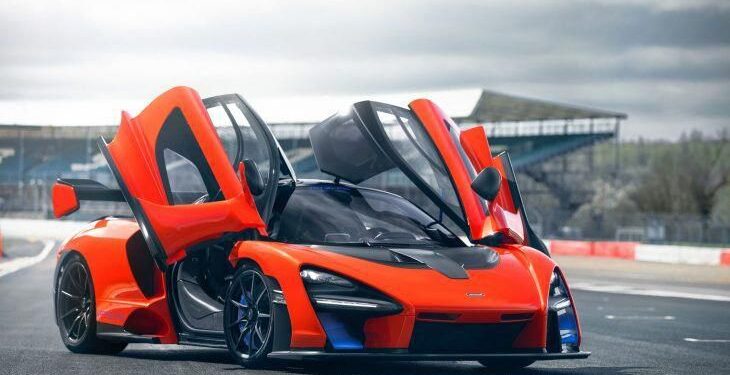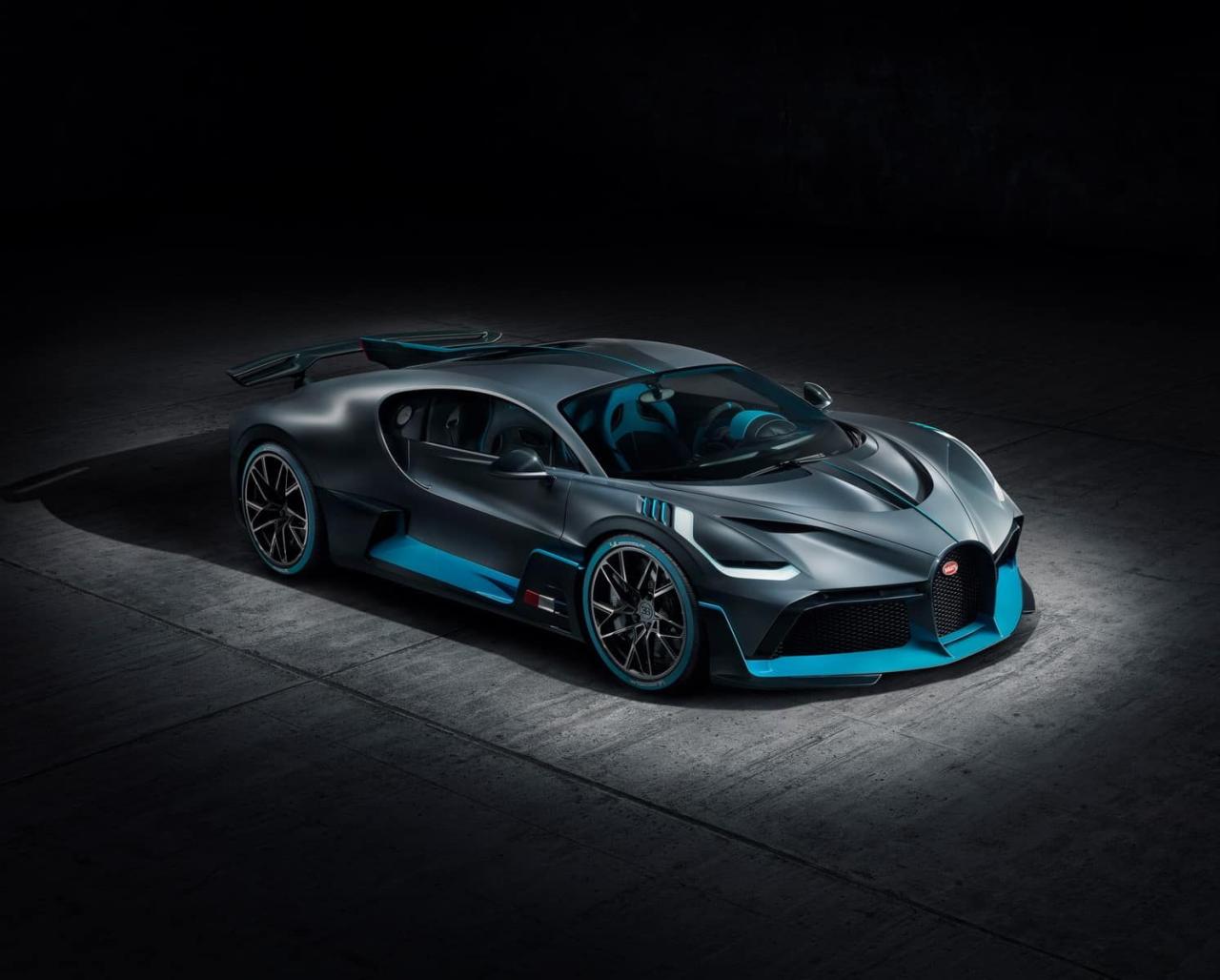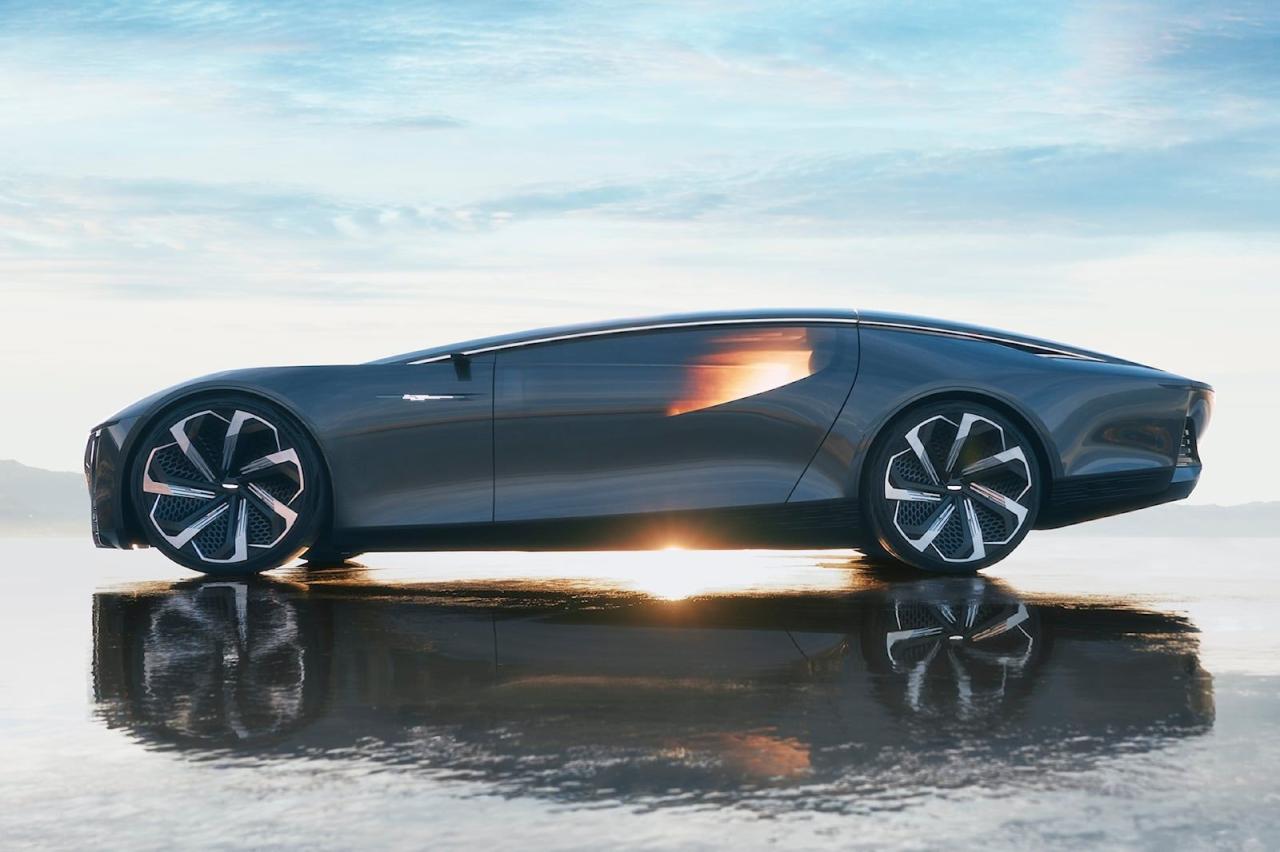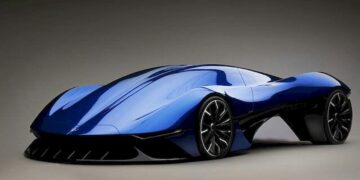In today’s fast-paced world, sports cars have evolved beyond mere modes of transportation. They now embody a seamless blend of breathtaking speed, cutting-edge technology, and exquisite luxury. This evolution is fueled by relentless innovation in engineering, design, and performance, transforming sports cars into symbols of status, art, and technological marvel. The modern sports car represents a synthesis of performance, comfort, and aesthetics, attracting enthusiasts and casual drivers alike.
This article delves deep into the multifaceted realm of sports cars, examining their history, technological advancements, design philosophies, market trends, and future prospects. By exploring these aspects, we uncover how sports cars are continuously redefining the balance between speed and luxury, while also addressing environmental challenges and shifting consumer preferences. Whether you are an automotive aficionado or a prospective buyer, this comprehensive guide will offer valuable insights into the world of high-performance vehicles.
The Evolution of Sports Cars
Sports cars have come a long way since their inception. Initially designed for racing and performance, these vehicles have steadily evolved to incorporate elements of luxury and sophistication, appealing to a broader audience. The transformation from raw, race-inspired machines to refined symbols of luxury can be attributed to several factors.
A. Historical Milestones
The history of sports cars is marked by iconic models that have left an indelible impact on the automotive world. Early pioneers introduced vehicles that prioritized speed and agility. Over time, innovations in technology and design led to improvements in safety, comfort, and performance. Notable eras include:
A. The Golden Age of Racing: During the mid-20th century, racing emerged as a popular sport, and manufacturers began developing cars that combined speed with style.
B. The Rise of Luxury Performance: In the late 20th century, luxury brands ventured into the sports car segment, adding plush interiors and advanced features without compromising on performance.
C. The Digital Revolution: The advent of computer-aided design (CAD) and advanced manufacturing techniques in the 21st century enabled even greater precision in both performance and aesthetics.
B. Technological Advancements
Modern sports cars benefit immensely from technological progress. Enhanced engine designs, aerodynamics, and electronic control systems have all contributed to performance improvements. Innovations such as turbocharging, hybrid powertrains, and advanced transmission systems allow today’s sports cars to achieve remarkable speed while maintaining efficiency and reliability.
C. Changing Consumer Expectations
Consumer demands have shifted dramatically over the years. Today’s buyers expect more than just speed; they want a vehicle that offers comfort, safety, and state-of-the-art technology. The integration of infotainment systems, connectivity features, and driver assistance technologies has become as important as horsepower and torque. This shift in expectations has prompted manufacturers to rethink the traditional sports car formula.
Engineering Excellence: Performance and Power
At the heart of every sports car lies a masterpiece of engineering. Performance is not merely about raw speed—it is a balanced symphony of power, precision, and control. Manufacturers continuously push the boundaries of what is technically possible, ensuring that every aspect of the car contributes to an unparalleled driving experience.
A. Engine Innovations
Modern sports cars are equipped with highly advanced engines that deliver extraordinary power and efficiency. These engines come in various forms:
A. Internal Combustion Engines (ICE): Traditional engines have been refined over decades, with innovations such as variable valve timing and direct fuel injection.
B. Turbocharged Engines: Turbochargers boost engine performance by forcing extra air into the combustion chamber, leading to higher power outputs without a significant increase in engine size.
C. Hybrid Powertrains: Combining electric motors with conventional engines, hybrid systems provide additional torque and improved fuel efficiency.
D. Electric Powertrains: Fully electric sports cars are emerging as a formidable force, offering instant torque, zero emissions, and innovative design possibilities.
B. Advanced Transmission Systems
The transmission plays a crucial role in harnessing engine power. Modern sports cars use sophisticated transmission systems that ensure rapid gear shifts and optimal power delivery. Features include:
A. Dual-Clutch Transmissions (DCT): Offering lightning-fast gear changes and improved efficiency, DCTs are common in high-performance sports cars.
B. Automated Manual Transmissions (AMT): Combining the control of a manual gearbox with the convenience of an automatic, AMTs deliver a thrilling yet accessible driving experience.
C. Continuously Variable Transmissions (CVT): Although less common in sports cars, some models incorporate CVTs to optimize fuel efficiency under varying driving conditions.
C. Aerodynamics and Handling
Aerodynamic design is essential for high-speed performance and stability. Sports cars are engineered to minimize drag while maximizing downforce, which improves traction and handling at high speeds. Key aerodynamic features include:
A. Streamlined Body Shapes: Sleek, sculpted exteriors reduce air resistance and enhance visual appeal.
B. Active Aero Components: Adjustable spoilers, diffusers, and air vents adapt to driving conditions, optimizing performance and stability.
C. Lightweight Materials: The use of carbon fiber, aluminum, and other advanced composites helps reduce overall weight, enhancing both speed and fuel efficiency.
Design Philosophy: Marrying Form and Function
Luxury and aesthetics are as crucial as performance in modern sports cars. Design is no longer just about creating a visually striking vehicle; it is about integrating form with function. Today’s sports cars embody the essence of luxury through every detail, from the exterior curves to the meticulously crafted interiors.
A. Exterior Design
The exterior of a sports car is its most immediate expression of personality and performance. Modern design philosophies focus on sleek lines, aggressive stances, and aerodynamic efficiency. Key elements include:
A. Sculpted Surfaces: Curves and lines are carefully crafted to evoke a sense of speed and dynamism.
B. Signature Lighting: Innovative headlight and taillight designs not only enhance visibility but also serve as distinctive brand identifiers.
C. Bold Color Schemes: Vibrant and sophisticated color options allow owners to personalize their vehicles, reflecting their unique tastes.
B. Interior Luxury
Inside a sports car, luxury meets advanced technology in an environment designed for comfort and convenience. High-quality materials, ergonomic layouts, and cutting-edge infotainment systems create an immersive driving experience. Elements include:
A. Premium Materials: Leather, Alcantara, carbon fiber, and brushed metals are used to create a refined ambiance.
B. Ergonomic Seating: Designed for both support and comfort, sports seats are often adjustable and feature integrated climate control.
C. State-of-the-Art Infotainment: Advanced connectivity systems, touchscreens, and customizable interfaces keep drivers informed and entertained.
D. Driver-Centric Cockpits: Controls and displays are strategically positioned to maximize ease of use and ensure that the driver remains in command.
C. Customization and Personalization
Manufacturers now offer extensive customization options, allowing customers to tailor every aspect of their sports car. This trend caters to the desire for individuality and exclusivity, with options such as:
A. Exterior Customizations: Bespoke paint colors, personalized decals, and unique wheel designs.
B. Interior Customizations: Custom upholstery, trim options, and personalized digital interfaces.
C. Performance Upgrades: Options to fine-tune engine performance, suspension settings, and exhaust systems to suit personal driving preferences.
Integrating Technology: The Digital Transformation
Technology has revolutionized the automotive industry, and sports cars are at the forefront of this digital transformation. From connectivity to autonomous features, technology integration enhances both performance and luxury.
A. Connectivity and Infotainment
Modern sports cars are equipped with advanced infotainment systems that offer seamless connectivity and a host of digital features. These systems provide:
A. Smartphone Integration: Compatibility with Apple CarPlay, Android Auto, and other platforms ensures that drivers stay connected.
B. Advanced Navigation: Real-time traffic updates, 3D mapping, and voice-activated controls make navigation intuitive.
C. Entertainment Systems: High-definition displays, premium sound systems, and internet connectivity transform the cabin into a digital hub.
B. Driver Assistance and Safety
Safety is paramount in today’s high-performance vehicles. Technological advancements have introduced a range of driver assistance features that enhance safety without compromising performance. Key systems include:
A. Adaptive Cruise Control: Automatically adjusts speed based on traffic conditions, ensuring a safe following distance.
B. Lane Keeping Assist: Helps maintain the vehicle’s position within its lane, reducing the risk of accidents.
C. Collision Avoidance Systems: Utilize sensors and cameras to detect potential hazards and take corrective actions.
D. Parking Assistance: Automated parking systems ease the challenge of maneuvering in tight spaces.
C. Performance Analytics
The integration of digital technologies has enabled sports car manufacturers to gather and analyze performance data in real time. This data is used to fine-tune vehicle dynamics, improve safety features, and offer a more personalized driving experience. Aspects include:
A. Telematics: Monitoring vehicle performance and driver behavior for continuous improvement.
B. Data-Driven Customization: Adjusting suspension, throttle response, and transmission settings based on driving conditions and preferences.
C. Predictive Maintenance: Using sensors and analytics to predict component wear and schedule maintenance proactively.
Market Trends and Consumer Demand
The sports car market is dynamic and constantly evolving. Consumer preferences, economic factors, and technological advancements all influence market trends. Understanding these factors is essential for both manufacturers and buyers.
A. Shifting Consumer Demographics
A new generation of buyers, influenced by technology and sustainability concerns, is entering the sports car market. These consumers value innovation, eco-friendliness, and connectivity just as much as raw performance. Their preferences are reshaping the market, leading to:
A. Increased Demand for Hybrid and Electric Models: As environmental awareness grows, so does the interest in cleaner, more efficient vehicles.
B. Preference for Personalization: Buyers are seeking cars that reflect their individual style and personality, fueling the trend toward bespoke customization.
C. Emphasis on Technology: Advanced infotainment systems, connectivity, and autonomous features are becoming essential requirements for modern sports cars.
B. Economic and Regulatory Influences
The global economy and regulatory landscape significantly affect the sports car industry. Stricter emissions standards, safety regulations, and shifting trade policies require manufacturers to innovate continuously. This environment has led to:
A. Research and Development Investments: Automotive companies are dedicating substantial resources to developing new technologies that meet regulatory requirements while delivering exceptional performance.
B. Competitive Pricing Strategies: Manufacturers balance the costs of innovation with competitive pricing to capture a diverse consumer base.
C. Global Market Expansion: As emerging markets grow, sports car manufacturers are expanding their reach, adapting models to meet local demands and regulatory standards.
Sustainability and Innovation
In the modern era, sustainability is a critical factor influencing the automotive industry. The challenge for sports cars is to balance high performance with environmentally responsible practices. Manufacturers are increasingly adopting green technologies to meet this challenge.
A. Eco-Friendly Engineering
Efforts to reduce the environmental impact of sports cars include innovations in engine design, material selection, and manufacturing processes. Key initiatives include:
A. Hybrid and Electric Powertrains: These technologies significantly reduce emissions without sacrificing performance, offering a viable alternative to traditional internal combustion engines.
B. Lightweight Materials: The use of advanced composites such as carbon fiber and aluminum not only enhances performance but also improves fuel efficiency by reducing overall weight.
C. Sustainable Manufacturing Practices: Automotive companies are adopting eco-friendly production techniques, including recycling programs, energy-efficient factories, and reduced waste policies.
B. Innovation in Design
Sustainability also drives innovation in design. Manufacturers are rethinking traditional design paradigms to create vehicles that are not only visually stunning but also environmentally responsible. These innovations include:
A. Aerodynamic Enhancements: Improved aerodynamics reduce drag, leading to better fuel efficiency and lower emissions.
B. Energy Recovery Systems: Technologies such as regenerative braking capture energy that would otherwise be lost, contributing to overall efficiency.
C. Smart Material Usage: Incorporating recyclable and eco-friendly materials into the interior and exterior design without compromising on luxury.
Impact on the Automotive Industry
The continuous evolution of sports cars has a profound impact on the automotive industry as a whole. The drive to innovate and meet consumer demands has led to breakthroughs that benefit not only high-performance vehicles but also mainstream automobiles.
A. Technological Spillover
Advancements in sports car engineering often trickle down to everyday vehicles. Many of the innovations initially developed for sports cars—such as advanced safety systems, hybrid powertrains, and connectivity features—eventually become standard in the broader automotive market.
B. Brand Prestige and Identity
Sports cars play a critical role in establishing and maintaining the brand identity of many automotive manufacturers. They are often the flagships of innovation and performance, symbolizing the company’s commitment to excellence. This branding strategy not only boosts sales in the luxury segment but also enhances the overall perception of the brand.
C. Economic Contributions
The sports car segment contributes significantly to the economy through high-margin sales, technological innovation, and the creation of a robust aftermarket for performance parts and customizations. These factors drive job creation and stimulate further investment in research and development across the industry.
Future Prospects: The Road Ahead
As technology continues to advance and consumer preferences evolve, the future of sports cars promises even greater transformations. Several trends are expected to shape the next generation of high-performance vehicles.
A. Autonomous and Connected Vehicles
While full autonomy may still be on the horizon, sports cars are beginning to incorporate elements of driver assistance and connectivity that pave the way for more autonomous features in the future. Expect to see:
A. Enhanced Driver Assistance Systems: Integrating artificial intelligence and machine learning to improve safety and performance.
B. Seamless Connectivity: Greater integration with smart city infrastructure and personal devices for a more intuitive driving experience.
B. Electrification and Sustainability
The shift towards electrification will continue to accelerate as battery technology improves and charging infrastructure expands. Future sports cars will likely focus on:
A. High-Performance Electric Powertrains: Delivering instant torque and superior acceleration while maintaining environmental standards.
B. Innovative Energy Storage Solutions: Advances in battery technology that reduce weight and improve range without compromising performance.
C. Personalized and Adaptive Experiences
With the integration of data analytics and artificial intelligence, sports cars of the future will offer highly personalized driving experiences. Manufacturers will be able to tailor vehicle performance, comfort settings, and infotainment features based on individual preferences and driving habits.
D. Global Market Expansion
Emerging markets will continue to influence the sports car industry, as rising disposable incomes and a growing appetite for luxury vehicles drive demand. Manufacturers are expected to tailor models to meet diverse regional tastes while maintaining the core values of performance and luxury.
Conclusion
The evolution of sports cars is a testament to the relentless pursuit of excellence in both speed and luxury. What began as purely performance-oriented machines have transformed into sophisticated, high-tech works of art that captivate enthusiasts and redefine automotive standards. Modern sports cars merge groundbreaking engineering with exquisite design, creating vehicles that not only perform at the highest levels but also offer unparalleled comfort and sophistication.
The journey of these vehicles is marked by a continuous cycle of innovation—where every advancement in technology, every enhancement in design, and every leap in performance pushes the boundaries of what is possible. Today’s sports cars embody the perfect blend of power, precision, and luxury, catering to a diverse range of consumers from avid racers to luxury aficionados.
Looking forward, the integration of digital technology, sustainable practices, and personalized experiences will continue to redefine the sports car landscape. Manufacturers are poised to embrace new challenges, adapting to market trends and regulatory demands while maintaining a steadfast commitment to performance and luxury.
For anyone passionate about the automotive world, the future of sports cars offers a thrilling prospect. As these vehicles continue to evolve, they will not only influence the broader automotive industry but also shape the way we perceive speed, luxury, and innovation on the road.














